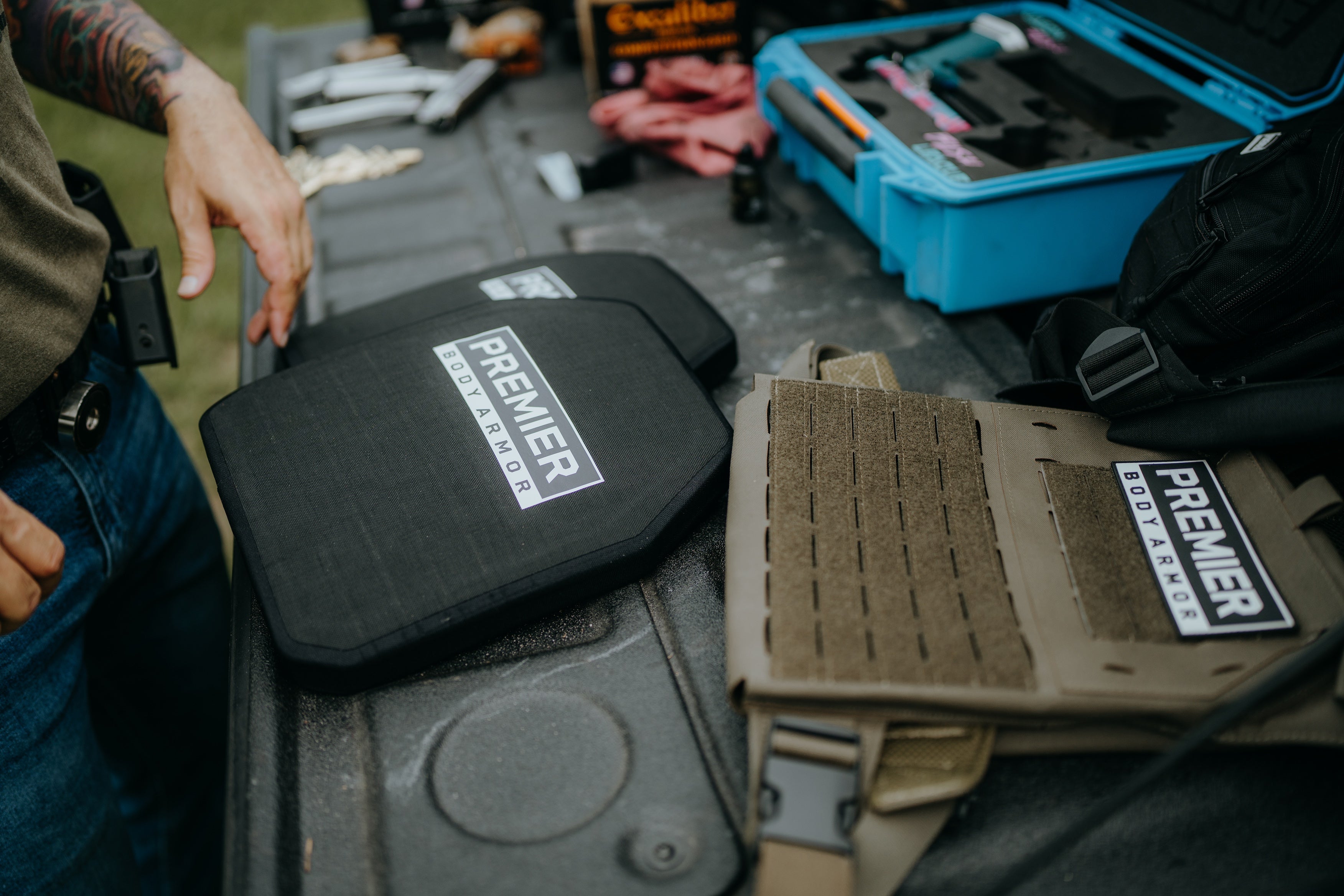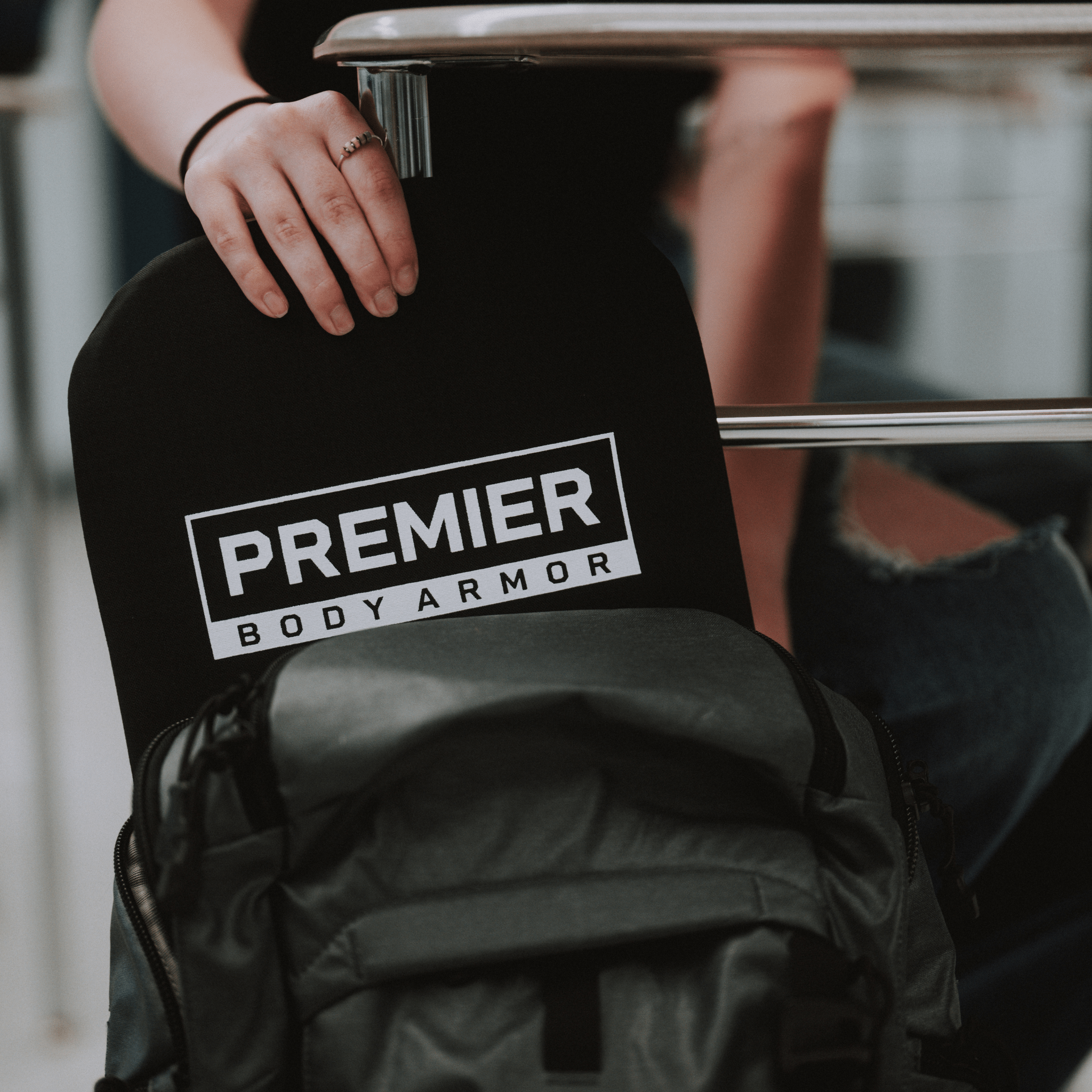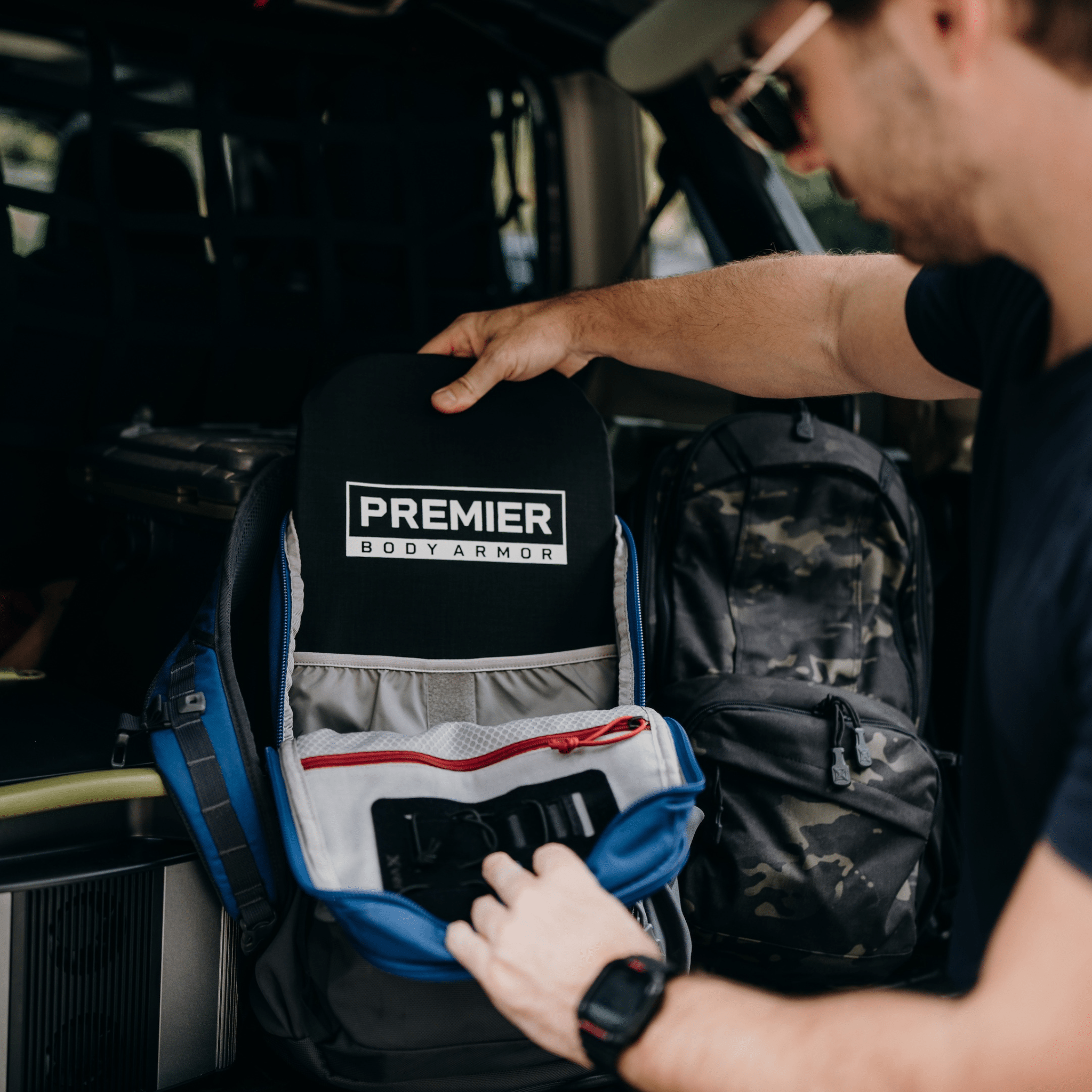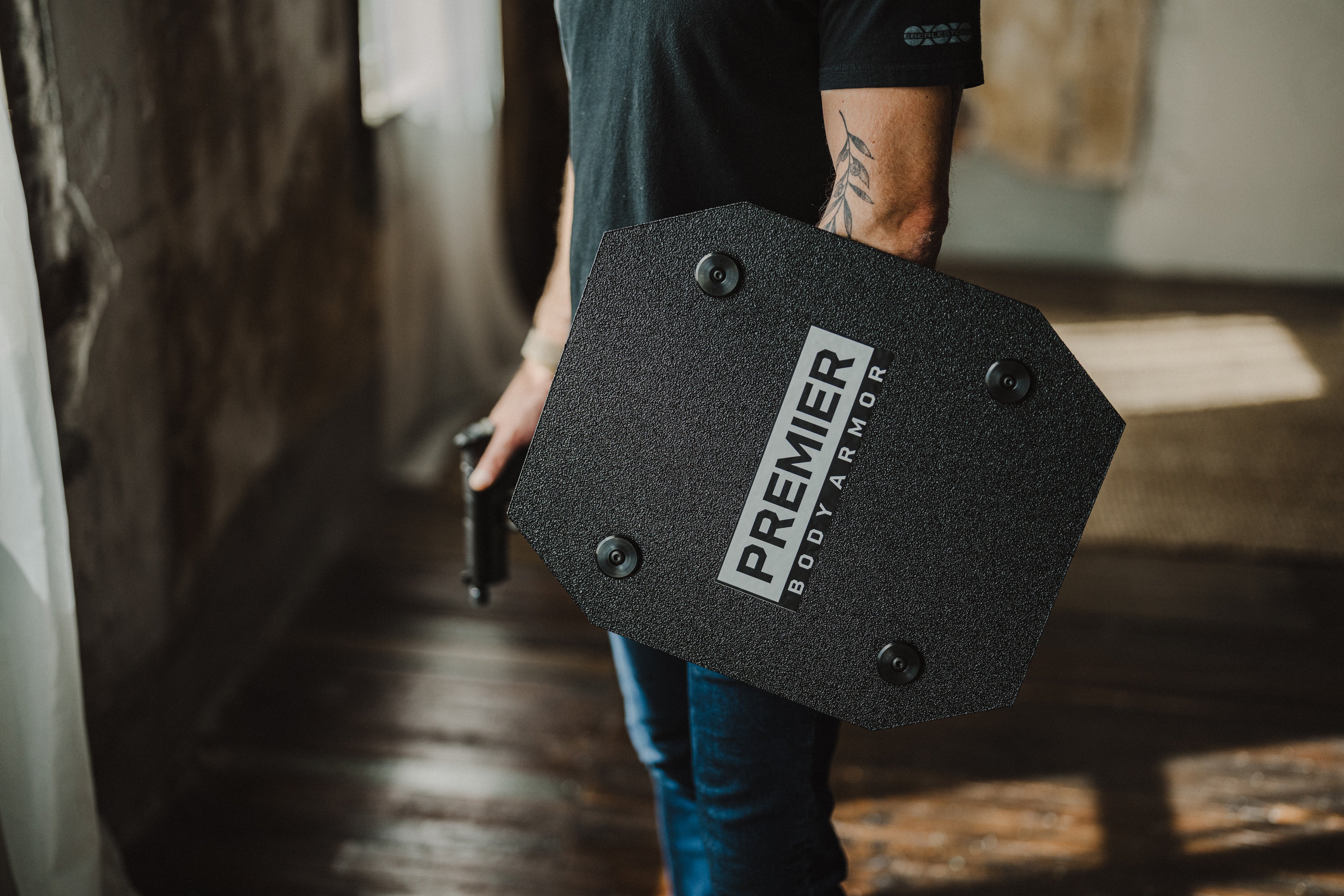Secure Your Garage from Unauthorized Access: Protect Your Home
Your garage is more than just a place to park your car. For most of us, it’s where we store our tools and our holiday decorations. Maybe you’ve turned yours into a man cave, or it could be your at-home shop.
In most cases, your garage gives access to the rest of the house, making it a favorite for opportunistic thieves. About one in ten burglars use the garage as the entry point, so it deserves the same attention you give your front door.
The good news is that simple precautions like reinforcing the door and frame, picking locks and bolts that actually hold, controlling remotes, and layering tech like cameras and motion lighting can all reduce your risk.
This guide covers practical garage door security, from reinforcing the door itself to educating your family about emergency procedures. For additional context on protecting your home without a full security system, check out our guide on securing your home without a home security system.
At A Glance
• Harden the barrier: impact-resistant door, reinforced frame, real locks.
• Control access: no visor remotes; use vacation-lock when away; secure the house-access door.
• Add visibility: motion lighting plus cameras on the driveway and garage approaches.
Reinforce Your Garage Door & Locks
The first step in garage security is strengthening the physical entry point. A flimsy door is an easy target, but with the right combination of material and locks, you can make unauthorized access far more difficult. Garage doors are made with a lot of different materials, from thin aluminum to solid wood. The issue is that not all styles and materials are suitable for home protection.
Garage door security starts with a solid, impact-resistant door paired with secure garage door locks. That means those thin, metal garage doors that were popular several decades ago are probably not the best idea.
With the right combination of door type and hardware, even if a burglar tries to force the door, reinforcement measures like heavy-duty deadbolts or steel plates can keep them out.
Weak framing can also compromise even the sturdiest door. Securing the surrounding structure, combined with upgraded locks, helps make sure that your garage isn’t the easiest point of entry for intruders.
Why it matters: Attached garages give cover from the street. If the door, frame, and lock set are weak, intruders can work out of sight and then step right into your home.
What Garage Door Material Is Best?
-
Steel (preferred): Great pry/kick resistance for the weight. Look for multi-layer steel garage door with a rigid core.
-
Reinforced composite/fiberglass: Lighter, decent strength; combine with internal bracing.
-
Solid wood: Heavy and high-maintenance; beautiful but not ideal for security over time (warping, weather).
Prioritize a heavy-duty garage door with impact-resistant ratings and sturdy track/bracket hardware. Ask your installer about wind-load/impact options if you’re in a storm-prone area; the hardware upgrades also help against manual prying.
Choosing the Right Upgrades for Your Locks & Bolts
Even a stout door fails if the hardware is weak. Choose garage door locks designed to withstand tampering and provide secure garage door access. You’ll find several different lock types on the market today, but they all work similarly:
-
Sliders: Sliding locks are the most basic, but that doesn’t mean they’re not worth considering. They’re usually located at the bottom of the door and slide outward through a slot in the frame. They can only be opened from the inside.
-
Keyed Locks: Most garage doors have a keyed lock that lets you turn the handle and operate the bars that keep the door closed. However, not all keyed locks are created equal. Look for a lock that’s drill and pick-resistant.
-
Deadbolt-Style: Deadbolt-type locks can be installed on garage doors to give you an extra layer of protection. The cylinder/bar slides from the housing into the garage door’s frame in most cases. Options include keyed and keyless systems, too.
-
Interior Door Lock: Don’t forget to install new locks on the interior door that gives access to the house from the garage. Treat this just like you would any exterior entry door and add a deadbolt and upgraded hardware (strike plate, screws, etc.).
Adding secondary locks, especially for doors that connect directly to your home, provides an additional layer of protection. Remember, burglars often target weak points first. Strong locks and bolts make your garage a much less attractive target.
Keep Your Valuables Hidden & Secure
A lot of break-ins happen not because of the door itself but because burglars can see what’s inside. Your garage probably holds tools, bikes, electronics, or other valuables (including personal documents like bank statements).
Part of garage door security is break-in prevention through concealment. Simply put, if thieves can’t see your valuables, they’re less likely to try to break into your home in the first place.
Use opaque storage containers, lockable cabinets, and wall-mounted racks to keep items out of view. Don’t put high-value items near windows or doors. Even simple steps like covering boxes with a tarp or keeping valuables away from plain sight can make your home less tempting to thieves. The less attractive your garage appears, the less likely it becomes a target.
Take Your Remote Garage Door Opener or Key with You
It might seem convenient to leave your garage door remote in your vehicle or near the door, but that’s a bad idea. Don’t leave the clicker clipped to the visor or loose in the console. If someone breaks into your car, the opener plus your registration is a home address and a key in one. Keep the opener on a keychain-style remote or use your phone/app.
Whenever you leave home for an extended period, take the garage door opener or key with you, and avoid leaving spares in obvious locations. For extra security, consider using a smart garage system that requires a PIN or app authentication. The goal in garage safety is to control who has access so you reduce the likelihood of a break-in.
Add Security Cameras and Motion Sensor Lights
Don’t assume that you’re limited to choosing the right door type and material or installing high-end locks and other hardware. Technology is a powerful ally when it comes to a secure garage door - Cameras create visibility and evidence; motion-activated lighting removes concealment.
-
Garage door cameras let you monitor activity in real time, giving you visibility whether you’re at home or away. Many systems offer smartphone alerts, programmable operation, two-way communication, and cloud storage so you can review footage if needed.
-
Motion detector lighting is also effective. Bright lights that activate when movement is detected can startle intruders and make them think twice before attempting entry. No thief wants a spotlight on them when they’re trying to break in.
Police crime-prevention guidance recommends motion-sensored dusk-to-dawn lighting, and strategically placing these cameras and motion detectors near entrances, windows, and pathways helps you cover the most vulnerable points.
Cover and Bar All Garage Windows for Added Safety
Some garage doors have windows to let light into the space. However, they can be security risks. Even small garage windows can give burglars the chance to unlock doors or reach inside, so don’t underestimate their risk.
Adding bars or grilles and using frosted or opaque coverings boosts your window security. If you install bars or grilles, ensure they have quick-release mechanisms that meet fire safety guidance.
Covering or barring windows helps prevent access, but it also keeps your garage contents hidden from view, reducing temptation. By combining physical barriers with smart monitoring, your garage becomes much harder to breach.
Disable Your Garage Door Opener While Away
Leaving on a trip? Turn off the opener for enhanced garage door security. Even the strongest garage door is vulnerable if your opener is active while you’re away. Many modern garage openers have vacation modes or PIN codes that prevent unauthorized use.
Some smart systems also let you monitor access. If your opener is connected to a smart system, you can deactivate it remotely from a phone or computer. Simple precautions like this make sure that no one can quietly open your garage while you’re gone, adding another layer to your home’s defenses.
Develop an Emergency Plan and Educate Your Family
No matter how secure your garage is, preparation is still important. A clear home invasion plan makes sure that everyone in your household knows what to do if someone tries to gain unauthorized access. Discuss safe areas, escape routes, where to meet, and ways to contact authorities.
Security isn’t only hardware. Walk the family through a short plan:
-
Safe room or rally point inside the house
-
Two ways out from the garage and house
-
Who calls 911; where the flashlights and first-aid live
-
How to arm cameras/alarms and verify the garage is secured
Practice it. Ten minutes beats confusion in the dark. See our guides on talking to kids about home invasion and preparing for disaster for age-appropriate steps.
Emergency preparedness also includes knowing which doors and windows are reinforced and which entry points are vulnerable. Educate your family on how to secure a garage, turn on cameras or motion detectors, operate alarms, and use smart security systems. When everyone knows their role, your garage isn’t just physically secure, it’s part of a coordinated safety plan.
Ready to Secure Your Garage? Premier Body Armor Can Help
Your garage is just one entry point of many, so take a comprehensive stance on home security. If you’re building out your home defense gear, start with situational control: hardened entries, lighting, cameras, medical, and communication. From there, add personal protection appropriate to your home and local laws. See our top tools for home defense and the Home Defense Kit for gear that complements the upgrades above.
The goal of reinforcing your garage is to safeguard your home and family. By reinforcing doors, upgrading locks, covering windows, and adding monitoring technology, you create multiple layers of protection. Pair these physical measures with smart habits, like taking remotes with you and practicing emergency plans, and your garage is far less likely to be targeted.
Premier Body Armor offers the home defense gear you need, as well as the expert guidance required to choose garage security solutions.
FAQs
How do I secure a garage door quickly without replacing it?
Add interior slide bolts into the track, reinforce the top bracket, swap in a drill-resistant keyed handle, and harden the house-access door with a reinforced strike and deadbolt. Use frosted film on windows and move valuables out of sight.
Should I leave a garage door remote in my car?
No. Agencies warn against visor/console remotes; pair a keychain remote or phone app and keep vehicle paperwork off the dash to avoid giving thieves your address and a key in one.
Do motion lights actually deter garage break-ins?
They help when combined with cameras and hardened doors. Police guidance recommends dusk-to-dawn plus motion fill along sides/driveway; light alone is not a full solution.
What should I do with my opener when I travel?
Activate the opener’s vacation lock or unplug it and padlock the door from inside. Smart systems let you check/lock out remotely.
Are window bars safe?
Use releasable bars or interior grilles that meet fire-safety guidance, and always keep an exit path. Consider frosted film as a lower-profile layer.










Leave a comment